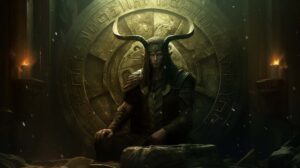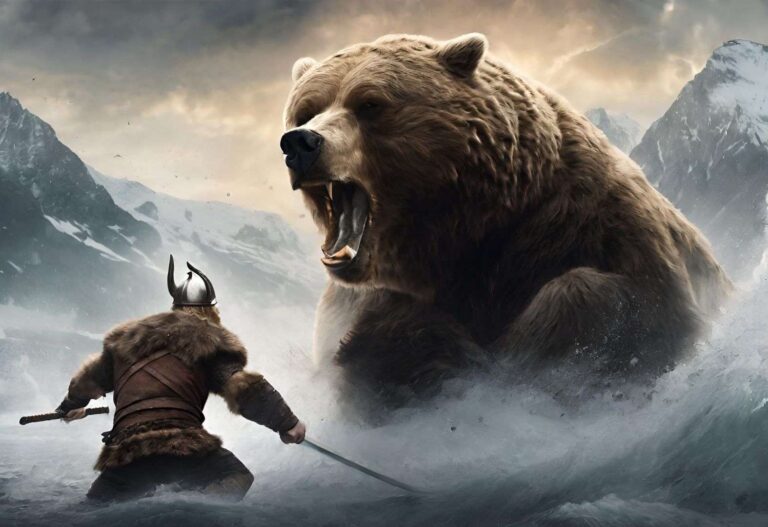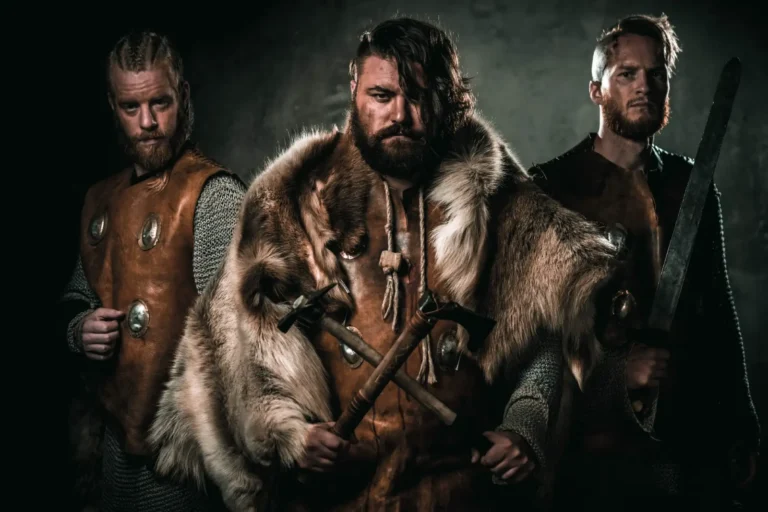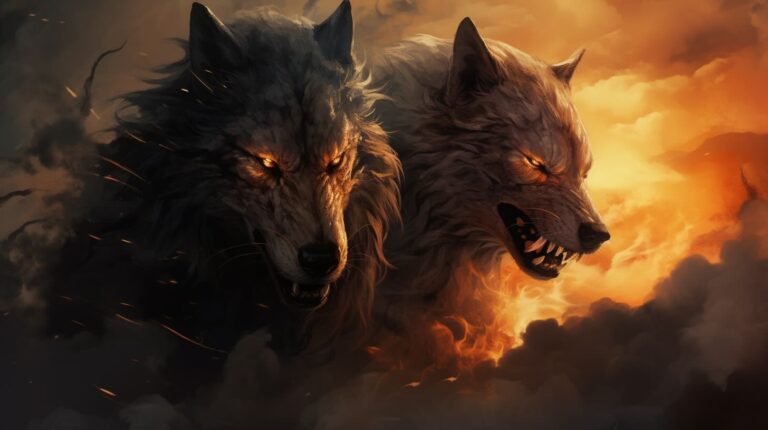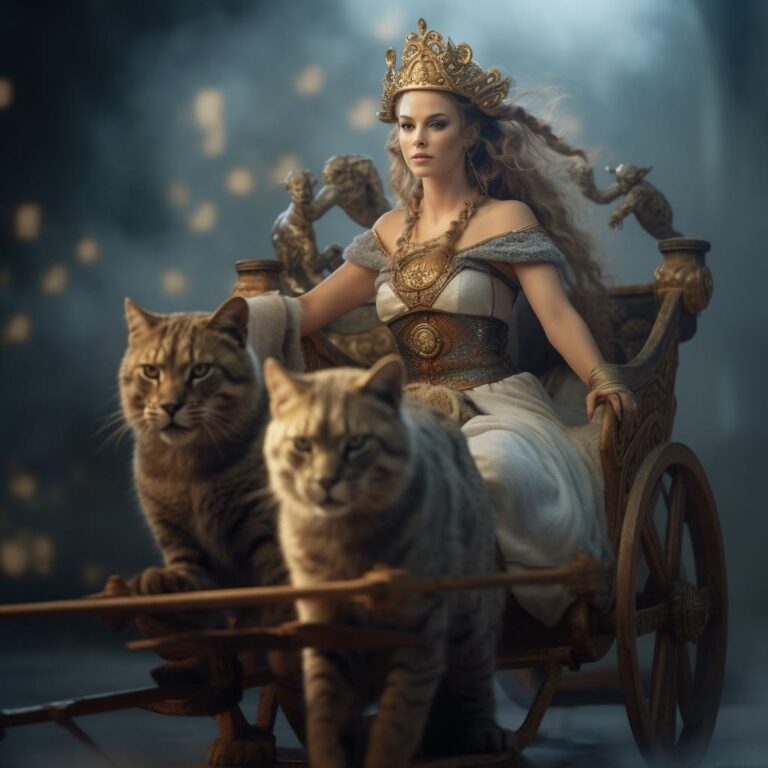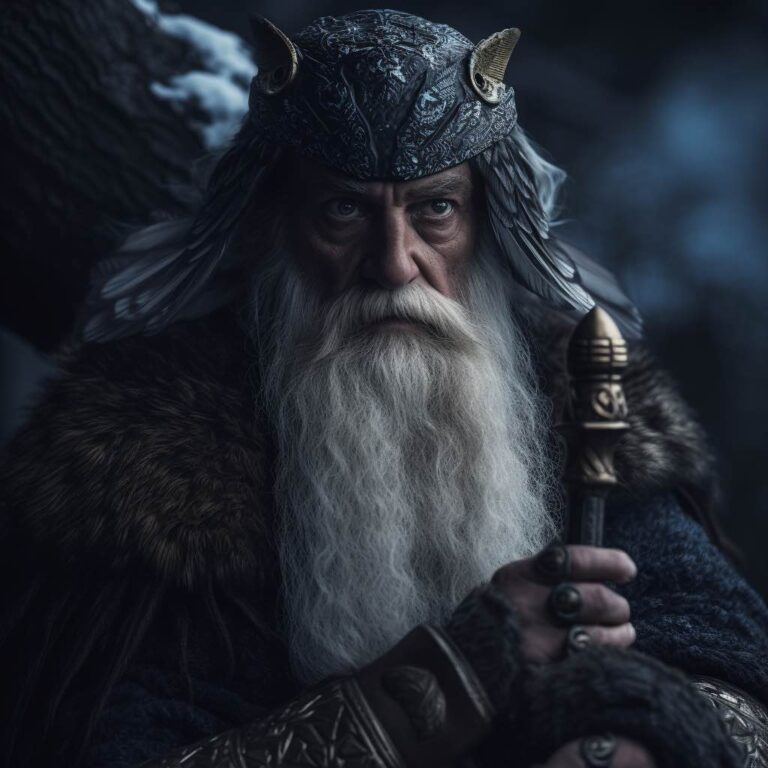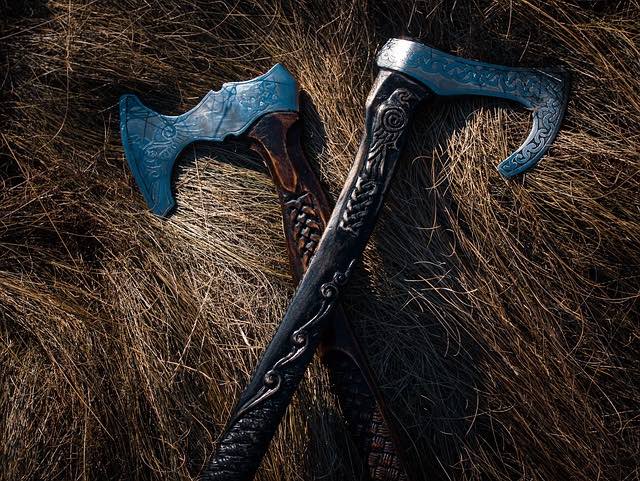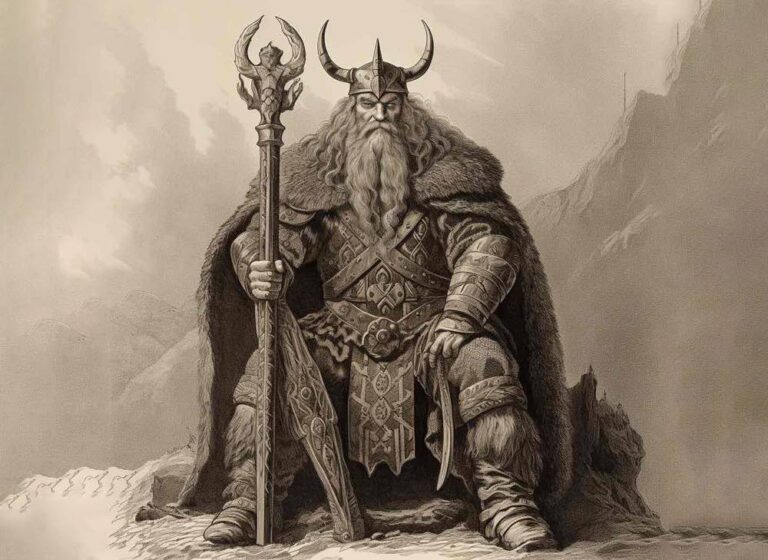Jormungandr, also known as the Midgard serpent, is one of the most fascinating and terrifying creatures in the rich stories of Norse mythology. As one of the children of Loki, Jormungandr plays an important role in these myths and is known as the ultimate chaos and destruction that can demolish the world.
Who is Jormungandr?
Jormungandr is known as a colossal serpent within Norse mythology, said to be destined to grow so large that it encircles the entire world. Born as one of the three monstrous children of Loki and the giantess Angrboda, Jormungandr lies submerged in the ocean that surrounds Midgard (the realm of humans). With venomous breath and a menacing presence, this serpent symbolizes the inherent unpredictability and uncontrollable aspects of the natural world in Norse cosmology.
The origin of Jormungandr in Norse Mythology
According to the legends of Norse mythology, Jormungandr was formerly enslaved by the god Odin in the shallow sea around Midgard (the human realm). This caused the serpent to grow till it eventually reached such a size that it was able to bite itself in the tail. This picture symbolizes the century-old cycle of life and death—a concept that is deeply ingrained in history.
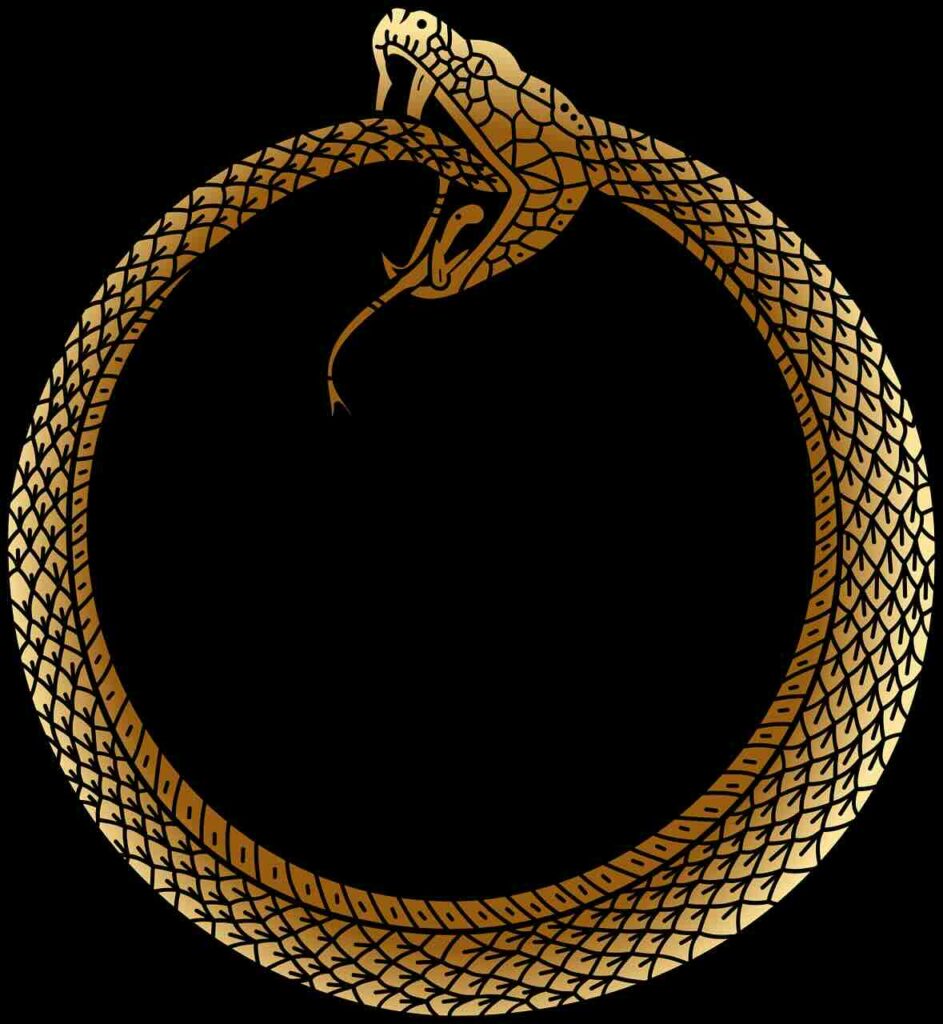
Norse Myths including Jormungandr
Jormungandr is mostly known for his role in Rangnarok. However, within Norse Mythology, Jormungandr is introduced in several other stories. The most famous tales include the fishing trip with Thor, and the tale with the giant Cat.
The fishing trip
One of the most famous tales in Norse mythology including Jormungandr, is the tale of Thor’s fishing trip. In this saga, Thor, the thunder god, disguises himself as a simple human and embarks on a fishing expedition with the giant Hymir. Using the head of the cosmic ox, Thor manages to hook Jormungandr, who unsuspectingly bites the bait. A colossal struggle ensues as Thor attempts to pull the serpent from the depths. However, the line snaps, and Jormungandr returns to the depths of the ocean. This epic encounter foreshadows the cataclysmic events of Ragnarok, the end of the world, where Thor and Jormungandr are destined to face each other in a final, fateful battle.
The giant cat
Thor, the thunder god, finds himself facing an unexpected challenge during his journey to Utgard (the realm of the giants) with Loki. Disguised as travelers, Thor and Loki encounter a seemingly ordinary giant cat. Confident in his strength, Thor attempts to lift the cat, only to be humbled as he can manage only to raise a single paw off the ground.
To his bewilderment, the giant cat is revealed to be an illusion crafted by the cunning giants of Utgard. Their mastery over perception and their ability to weave illusions showcase a deeper truth—that the cosmic challenges faced by the gods are not always straightforward tests of physical might. Thor’s inability to fully lift the cat’s paw symbolizes the complexities and deceptions that characterize the mystical order of the Norse cosmos. It underscores the idea that there are forces at play beyond raw strength, emphasizing the necessity for wisdom and insight to navigate the enigmatic realms of gods and giants. In this tale, the giant cat becomes a symbol of the illusions and challenges that weave through the multifaceted narratives of Norse mythology.
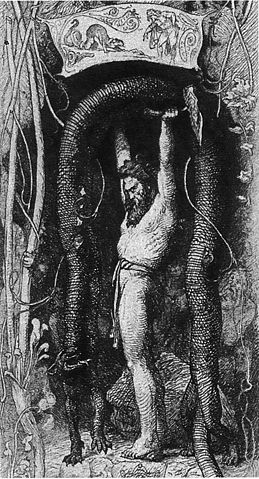
Jormungandr’s role in Ragnarok
The most important and controversial role of Jormungandr came during the reign of Ragnarok, the Norse mythology’s apocalyptic end of the world. During these apocalyptic events, Jormungandr will find himself swept from the ocean and onto land, which will cause a series of catastrophic events that will leave the world in a state of chaos and bewilderment. The future of the world will be determined at its confrontation with Thor. This battle with the thunder god, would be one of the most epic and devastating battles that Norse mythology has ever seen.
During Ragnarok, it is said that Jormungandr’s venomous breath will fatally poison Thor. In turn, Thor manages to strike a fatal blow to Jormungandr, but the serpent’s venom ultimately proves fatal to Thor as well. The mutual destruction of Thor and Jormungandr is one of the key events that contribute to the overarching theme of renewal and rebirth in Norse cosmology, as Ragnarok marks the end of one cosmic cycle and the beginning of another.
Connection to other Norse myths
The stories of Jormungandr are closely associated with other characters and events from Norse mythology. We have written a variety of blogs that delve deeper into related topics, such as the meaning and function of Loki’s Children in Norse mythology. Not only does this apply to Jormungandr, but also to his siblings, such as the angst-trancending wolf Fenrir, which further highlights the intricacy of these tales.
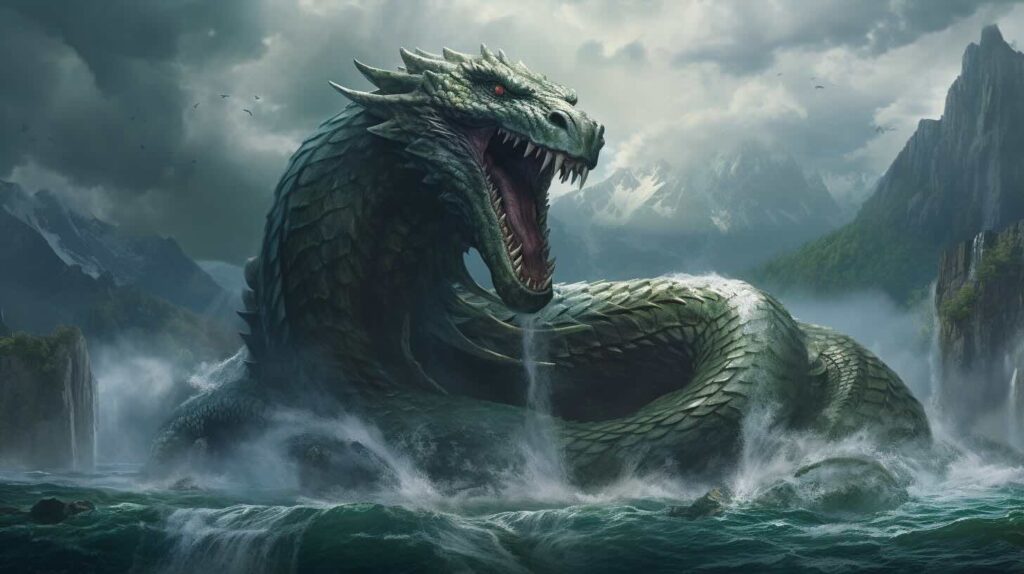
Symbolism and influence of Jormungandr
In addition to being a real monster in these tales, Jormungandr also stands for more profound concepts. Jormungandr symbolizes the boundless nature of the cosmos, the never-ending cycle of rebirth, and the unavoidable powers of nature. His enduring influence on human imagination and philosophical pondering is attested to by his presence in literature, art, and cultural representations.






